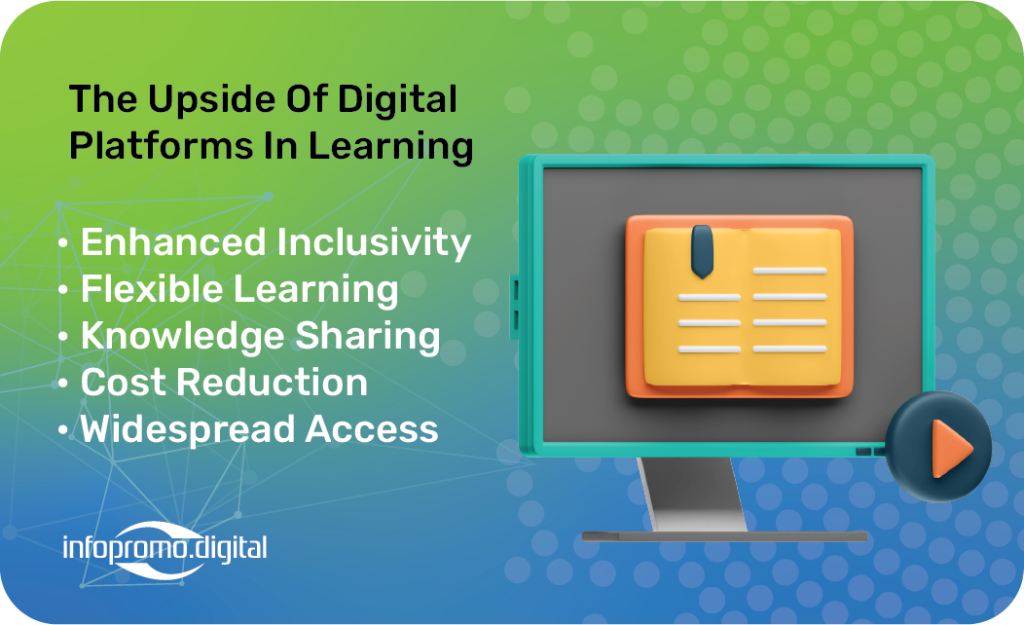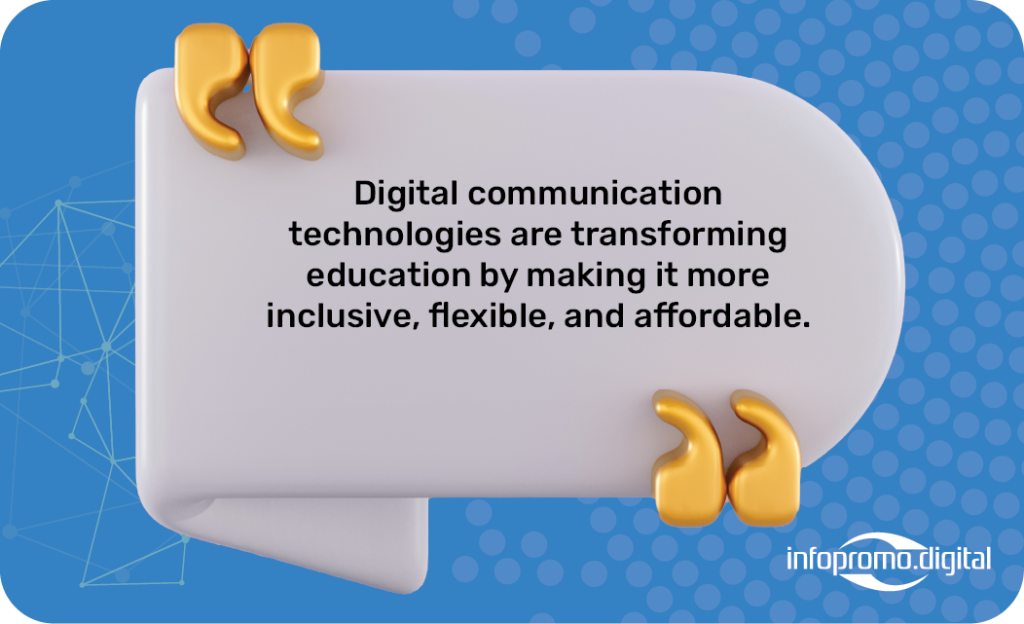
In the modern era, the landscape of education is rapidly evolving, driven by advancements in digital communication technologies. These innovations are not only enhancing the quality of education but also making learning more inclusive and accessible to a broader audience. This blog explores how education providers are leveraging digital tools to bridge the distance between students and educational resources, ensuring that no learner is left behind.

The Rise of Digital Communication in Education Digital communication technologies, including video conferencing, online collaboration platforms, and interactive learning management systems (LMS), have revolutionized the educational sector. These tools enable real-time interaction between students and educators, facilitating a dynamic and engaging learning experience. With the advent of high-speed internet and widespread smartphone usage, accessing educational content has become easier than ever before.
Enhancing Inclusivity One of the most significant impacts of digital communication technologies is their ability to enhance inclusivity in education. Students from diverse backgrounds, including those with disabilities or those living in remote areas, can now participate in educational programs that were previously inaccessible to them. For instance, video conferencing tools provide live captioning and translation services, making it easier for students with hearing impairments or non-native speakers to follow along.
Flexible Learning Opportunities Digital communication technologies offer flexible learning opportunities, allowing students to learn at their own pace and on their own schedule. This flexibility is particularly beneficial for adult learners and those with busy schedules. Online courses and webinars can be accessed from anywhere, breaking down geographical barriers and providing access to quality education for all. This flexibility also supports a more personalized learning experience, catering to individual learning styles and needs.
Collaborative Learning Environments The use of digital tools has fostered collaborative learning environments where students can work together on projects, share ideas, and receive immediate feedback from their peers and instructors. Online forums, discussion boards, and group chats facilitate interaction and knowledge sharing, creating a sense of community among learners. These collaborative platforms not only enhance learning outcomes but also prepare students for the collaborative nature of the modern workforce.

Accessibility and Affordability By reducing the need for physical infrastructure and resources, digital communication technologies make education more affordable and accessible. Schools and universities can offer online courses at a lower cost, passing on the savings to students. Additionally, digital textbooks and resources are often cheaper than their printed counterparts, further reducing the financial burden on learners. This affordability ensures that more students can pursue their educational goals without financial constraints.
Conclusion Digital communication technologies are transforming education by making it more inclusive, flexible, and affordable. By embracing these innovations, education providers can ensure that learning is accessible to all, regardless of geographical location or personal circumstances. As technology continues to advance, the potential for digital communication to bridge the distance in education will only grow, paving the way for a more inclusive and connected educational landscape.




